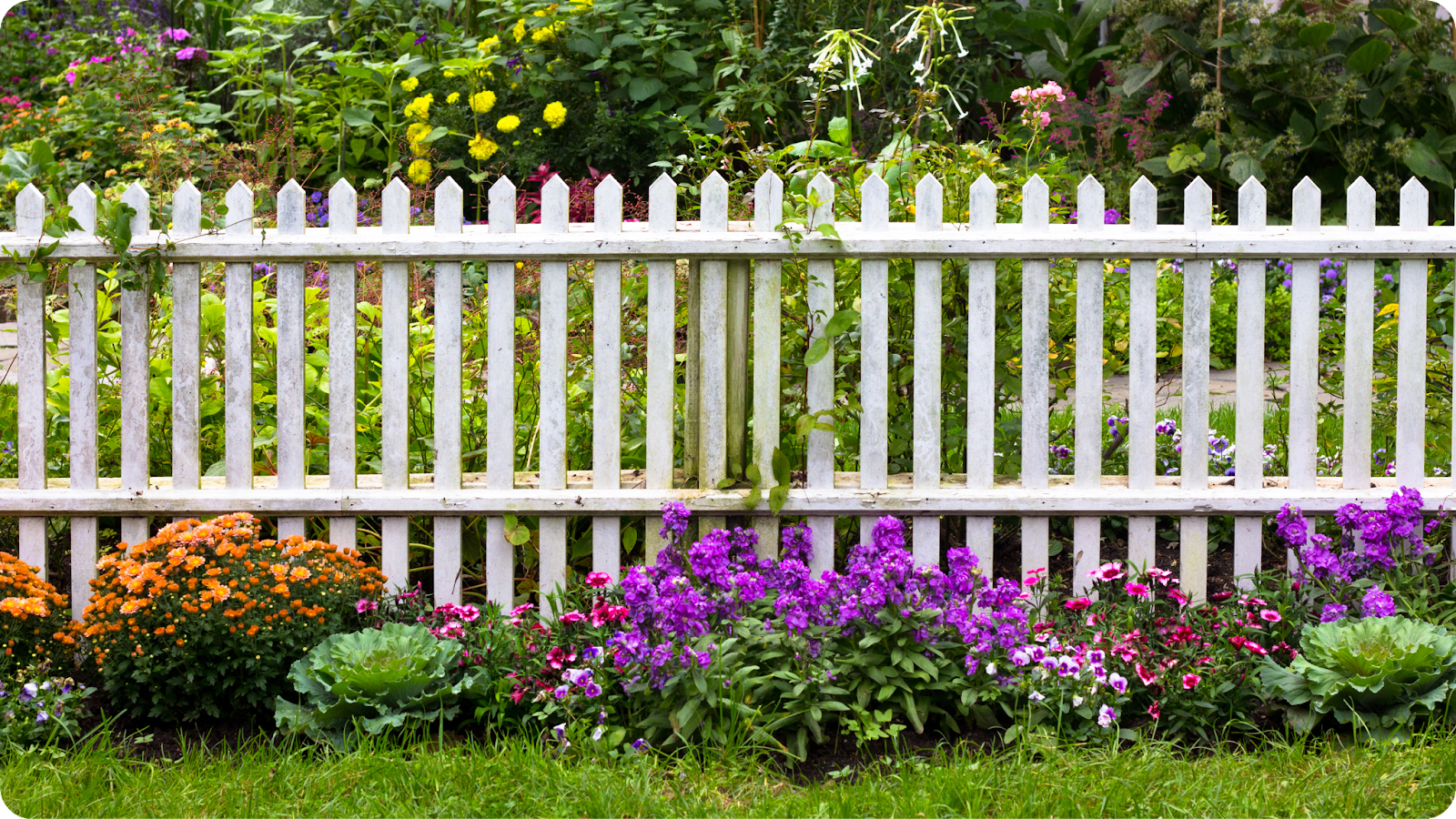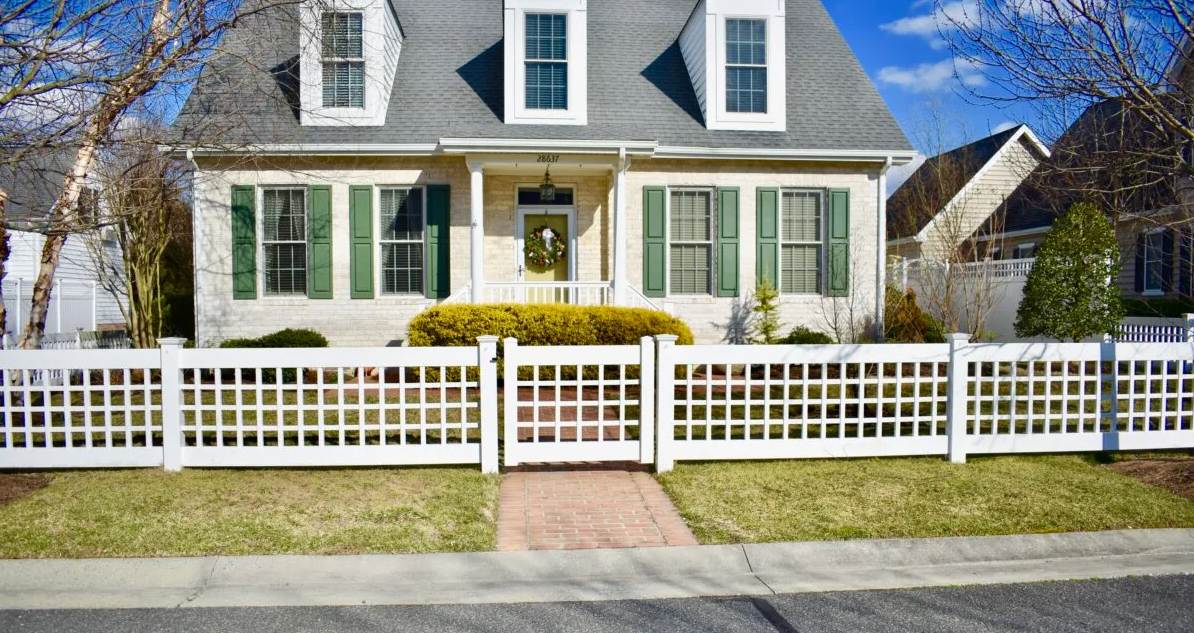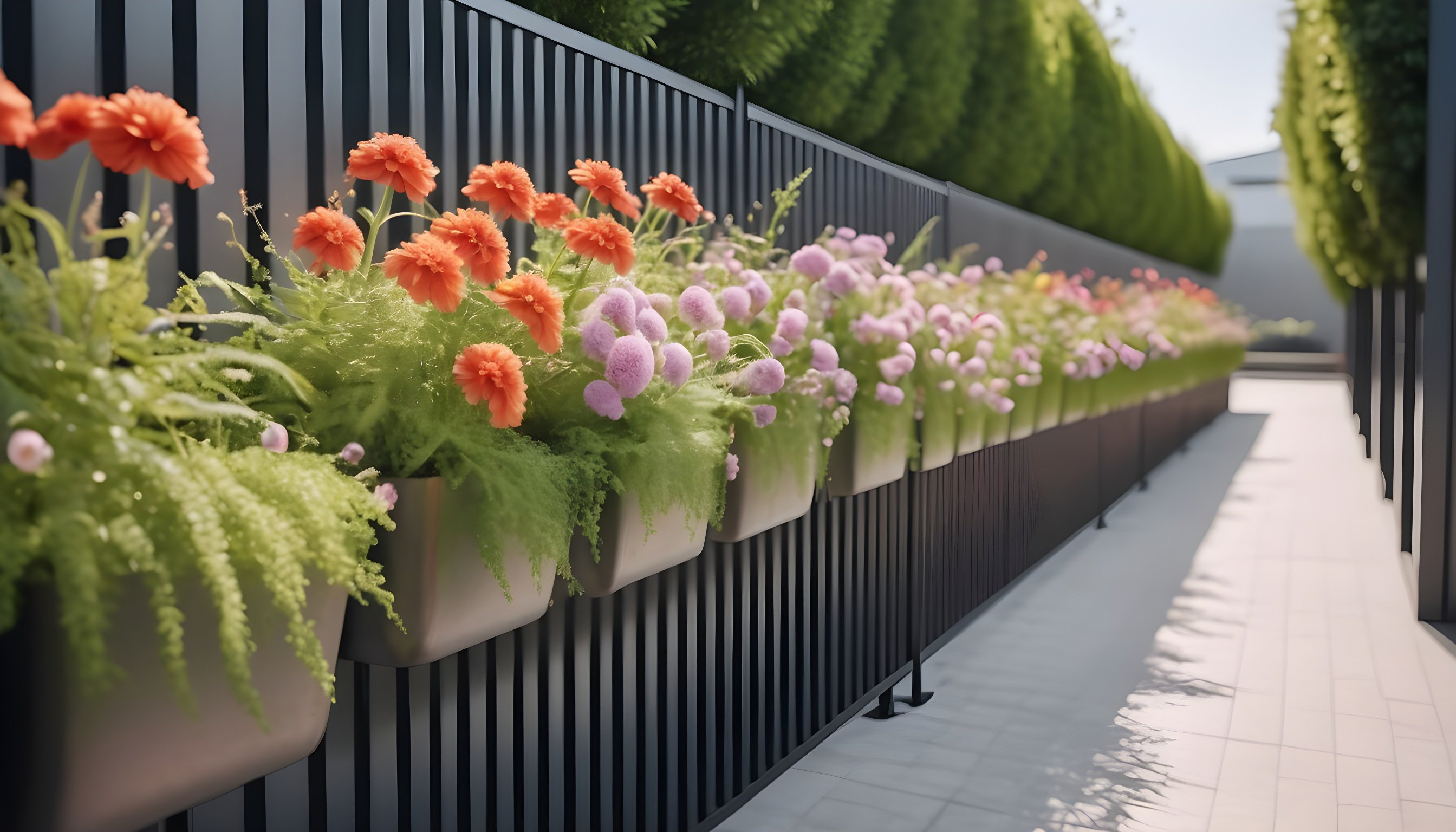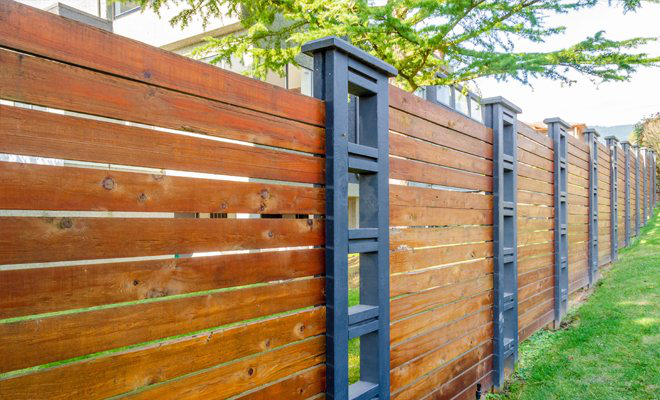Before you start, gather all the necessary tools to facilitate accurate measurements. The primary tools you’ll need include:
-
1. Measuring Tape
This is the most basic tool you’ll need. It should be long enough to measure the length and width of your yard or use markers to keep accurate measurements if your measuring tape isn’t long enough.
-
2. Wheel Measure
This is a practical alternative to measuring tape, especially for large yards. Wheel measures are simple to use and can quickly give you an accurate measurement of distance.
-
3. Graph Paper and Pencil
You will need these to sketch your yard layout and mark the measurements.
-
4. String and Wooden Stakes
These are helpful for marking out the fence line and getting a visual representation of where the fence will go. You can also use a rock or paint.

































